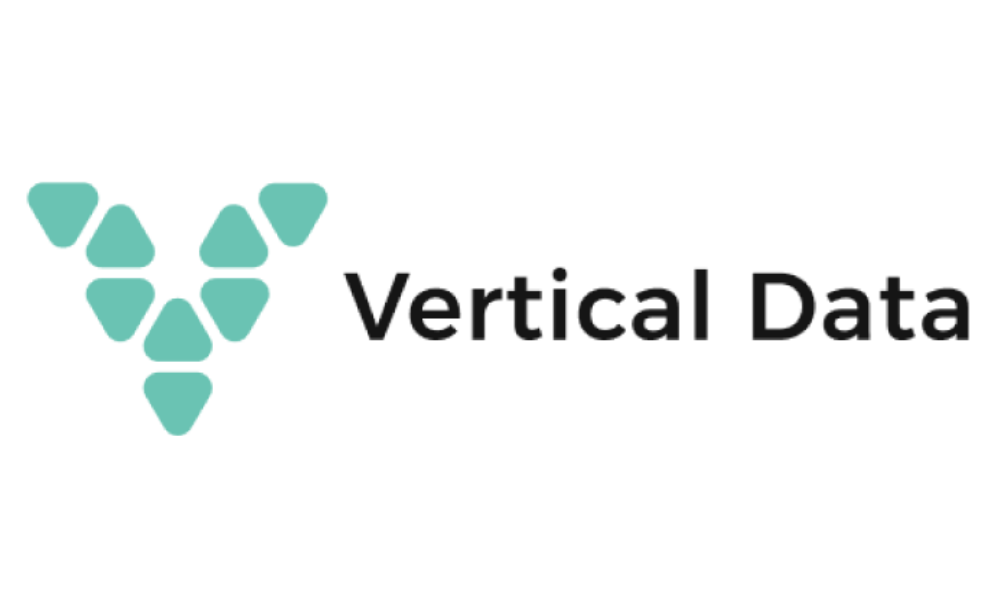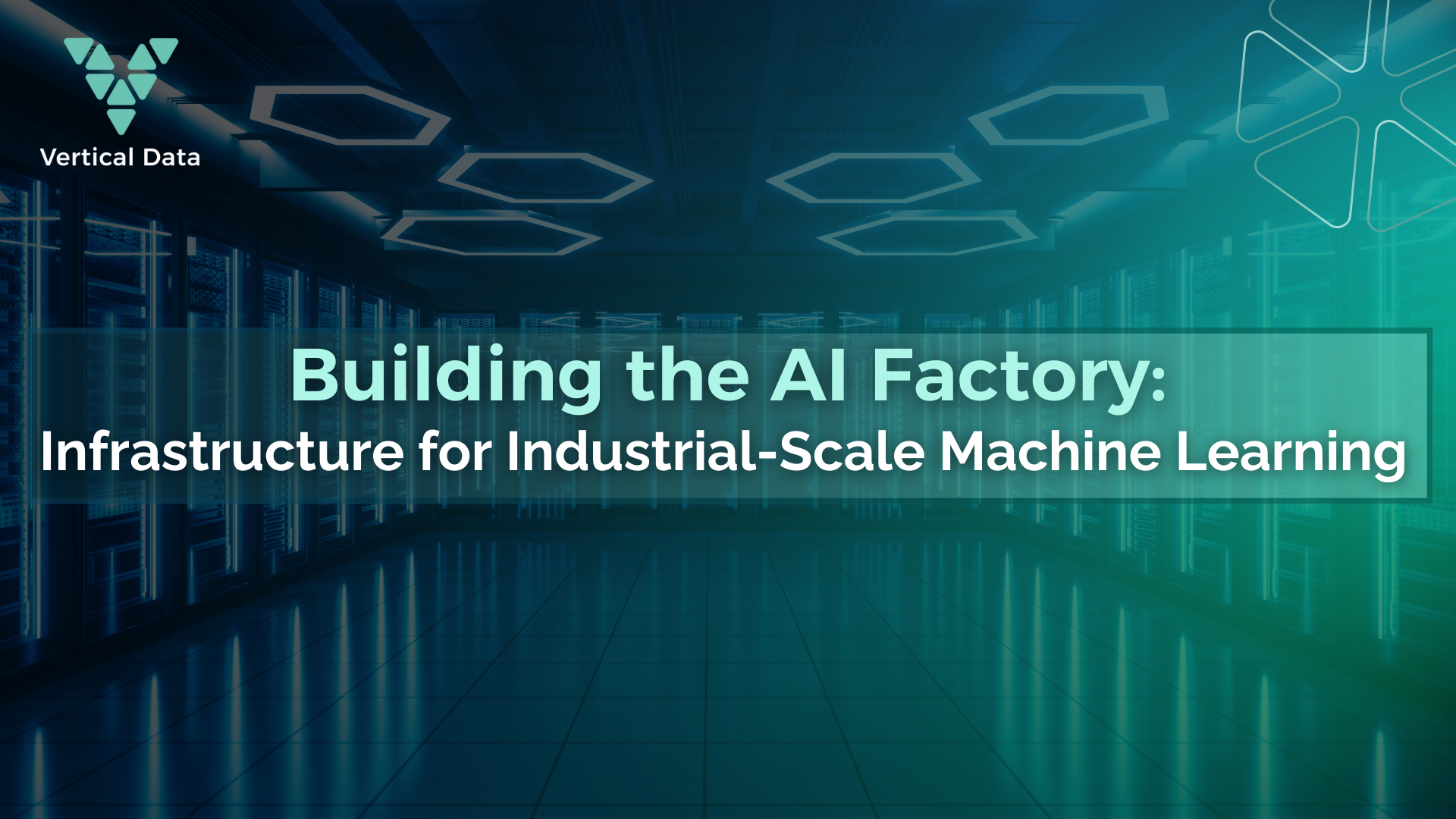Introduction
The artificial intelligence landscape has shifted from research laboratories to production environments that demand unprecedented computational scale. Organizations are discovering that traditional data center infrastructure cannot support the intensive requirements of modern machine learning workloads. Training large language models, computer vision systems, and neural networks requires infrastructure designed specifically for AI operations. This evolution has given rise to the AI factory, a purpose-built facility that treats machine learning as an industrial process requiring specialized infrastructure and continuous operation at massive scale.
Understanding the AI Factory Architecture
An AI factory represents a fundamental departure from traditional data center design, prioritizing machine learning workloads over general-purpose computing. These facilities are engineered around the computational patterns of AI training and inference.
The foundation is compute infrastructure built around thousands of high-performance GPUs rather than traditional CPU architectures. Modern AI factories deploy processors such as NVIDIA H100 or Blackwell series GPUs, organized into rack-scale systems that function as unified computational units designed for the massive parallel processing requirements of deep learning algorithms.
Networking infrastructure must support data movement at unprecedented scales. Training large models requires constant GPU communication, transferring petabytes of data during training runs. This necessitates high-bandwidth, low-latency networking fabrics such as InfiniBand or RoCE, designed to prevent communication bottlenecks and idle time of costly resources.
Critical Infrastructure Components
Storage systems must provide sustained high-throughput access to massive datasets involving billions of training examples. This requires parallel file systems and high-performance flash storage optimized for the sequential read patterns common in ML training.
Power and cooling represent the most significant departure from traditional data center design. Modern GPU clusters generate extreme power densities, with single racks consuming 40–80 kilowatts compared to 5–15 kilowatts for traditional servers. This necessitates advanced cooling technologies including direct-to-chip liquid cooling and immersion systems that manage thermal challenges while enabling higher densities and improved efficiency.
Orchestration and Management
Managing an AI factory requires sophisticated software platforms that coordinate thousands of GPUs across multiple training jobs while optimizing resource utilization. These systems must handle job scheduling, resource allocation, and fault tolerance across massive clusters.
Management platforms address unique AI workload characteristics including long-running training jobs, checkpoint management for fault recovery, and dynamic resource scaling. The software stack includes specialized frameworks for distributed training, model serving, and monitoring systems designed for AI-specific metrics.
Implementation Challenges and Practical Solutions
The capital requirements for AI factory infrastructure pose significant challenges for most organizations. A single high-performance GPU can cost tens of thousands of dollars, and large-scale deployments require thousands of these processors. Additionally, networking infrastructure can represent 15–40% of overall capital expenditure in large GPU clusters, according to industry analysis.
Rather than building dedicated facilities, many organizations are adopting practical alternatives. Creating specialized AI zones within existing data centers allows companies to leverage current infrastructure while adding the high-density power, advanced cooling, and specialized networking required for AI workloads. This approach provides access to industrial-scale AI capabilities without requiring entirely new facilities.
For organizations seeking to implement AI factory capabilities, several strategic approaches have emerged:
- Modular Deployment: Starting with smaller GPU clusters and expanding based on demonstrated value and growing computational needs, allowing for incremental investment and learning.
- Hybrid Infrastructure: Combining on-premises AI zones for sensitive workloads with cloud-based resources for variable or experimental projects, optimizing both control and flexibility.
- Specialized Colocation: Partnering with data center providers that offer AI-optimized facilities, providing access to purpose-built infrastructure without the capital investment and operational complexity of building dedicated facilities.
Conclusion
The AI factory represents the industrialization of artificial intelligence, transforming machine learning from experimental projects into continuous production processes. While the full-scale dedicated AI factory may remain limited to the largest technology companies and sovereign AI initiatives, the architectural principles underlying these facilities are reshaping data center design across the industry. The emphasis on specialized compute, advanced networking, liquid cooling, and intelligent orchestration provides a blueprint for supporting the next generation of AI applications. Organizations that understand and implement these principles, whether through dedicated facilities, hybrid deployments, or cloud services, position themselves to harness the full potential of industrial-scale machine learning.


